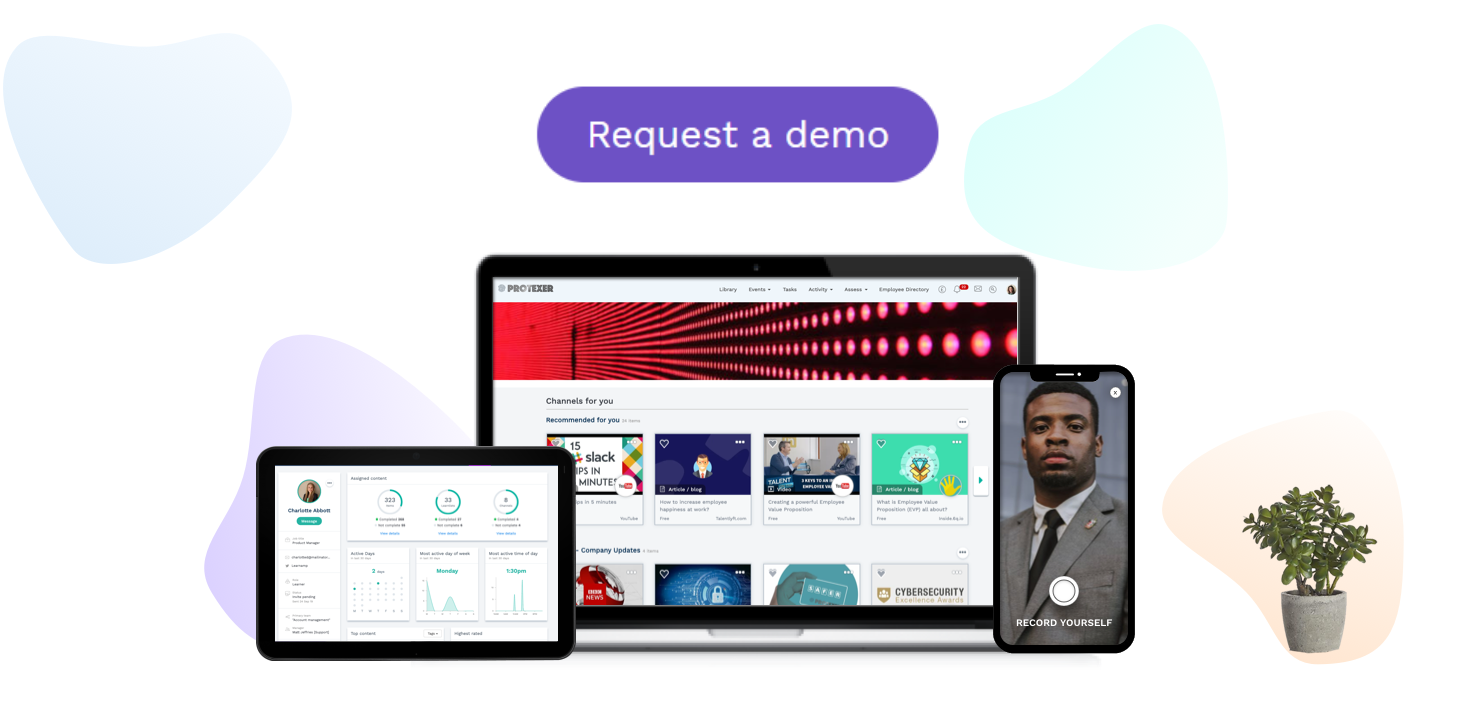For a decade now, since the crash, productivity of Western economies has been stagnating. That means businesses are failing to get the best from their employees. Technology and learning are two clear solutions.
Most OECD economies are at least 10 per cent behind where they would have been had productivity gains continued in the same long-term upward trend that existed pre-crash.
But there are two things that every business can do to buck this trend. First, invest in the technology that helps your team get on with their work more efficiently by removing blocks and disruptions. Second, invest in learning that will help the individuals in your team to develop themselves.
Training is proven to improve profitability (not just sales)
People are crying out for this. A recent survey of UK employees showed that half of all employees wanted more, or better, workplace learning opportunities. And what helps them, helps you too.
A study by the American Society of Training and Development showed that organisations investing in their training saw substantially higher sales and profitability figures (on the order of 60% and 40% respectively).
But for training to have most impact it needs to be self-driven – to be ‘addictive’
There’s untapped potential in your business, and by making workplace learning addictive, you can drive your staff to develop themselves.
Learning is most ‘addictive’ when it’s self-directed, shows the user continuous progression, and is offered in manageable chunks. Why?
Microlearning
Microlearning – small learning tasks, focused on very specific areas or ideas – is becoming ever more popular. That’s because microlearning matches the natural working memory capacity of the brain (3-7 minutes). It’s how we’re hard-wired to learn best. That means that it’s also 50% more engaging than standard learning models4.
It also reflects the habits of Millennials and Gen Z in the way that they consume content in the personal life. Going against the grain will nearly always be counter-productive.
Self-directed learning
Self-directed learning is gaining importance in today’s business world because it enables employees to quickly respond to their own learning needs; matching the rapid change so characteristic of economies today.
It enables individuals to focus on the most immediately useful information, and the active nature of self-directed learning also helps to retain the information over time as it’s usually put into practice immediately.
How can it make any sense to send someone on a one-day, classroom based Excel course when most of what is learned will be irrelevant and forgotten shortly after.
Self-motivated learners will want to access the exact training they need, at the time of need. Why waste a day our of the office when what you need is a reminder on exactly how to set up pivot tables?
Continuous progression
The key to making learning addictive is incorporating ‘instant gratification.’ Ideally workplace learning should show users how they’re progressing by highlighting small achievements frequently. This ‘gamifies’ the learning experience, and incentivises learners to keep progressing.
That said much of gamification introduced to the workplace is childish and patronising. The last things we should be doing is issuing badges for everything. It drowns out the real accomplishments.
Are you looking for a learning system that helps your learners engage?


.jpg)



